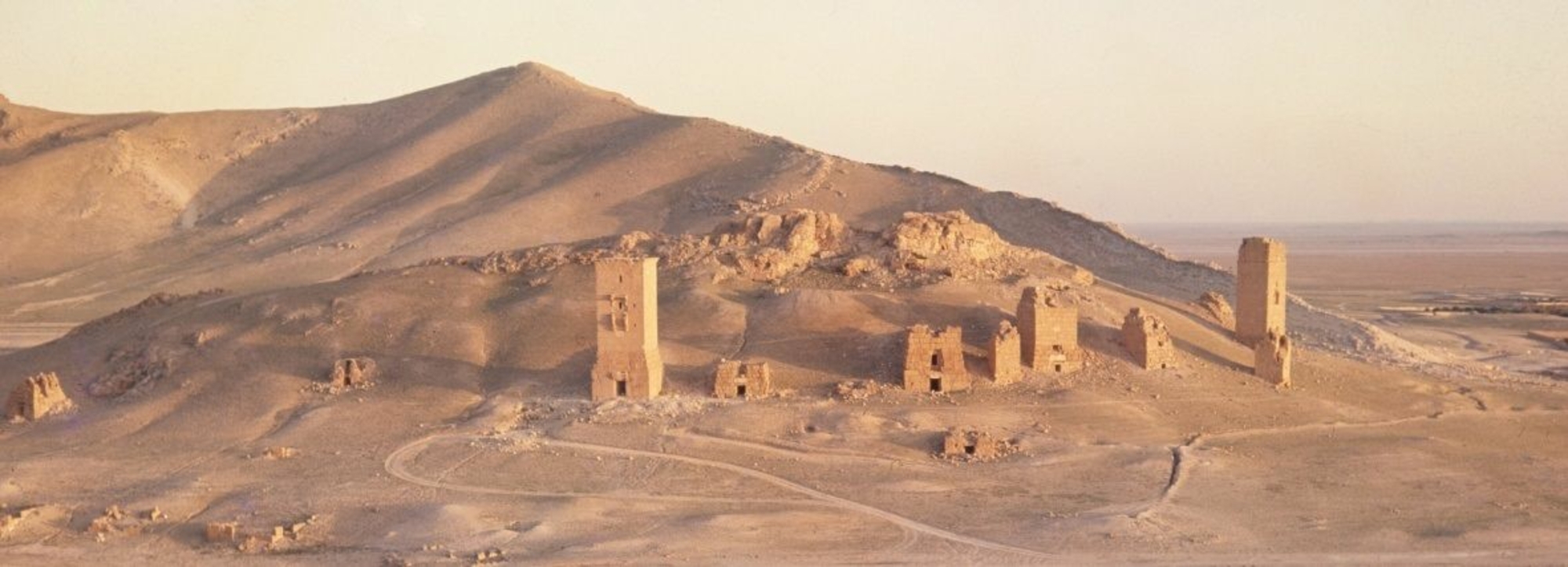
- Home
- Explore the site
- The arts in Palmyra
- Tesserae
In Antiquity, tesserae - small tiles, tablets or tokens - were frequently used as signs of recognition. Despite their diminutive size, they had a rich iconography.

In Antiquity, tesserae - small tiles, tablets or tokens - were frequently used as signs of recognition. Despite their diminutive size, they had a rich iconography.